If you find one of your USB devices on Windows 10 or 11 isn’t working, read on. Whether it’s a USB mouse, keyboard, pen drive, printer, or some other USB device altogether, this guide should resolve your problem.
Note that there are 6 possible solutions here. You may not need to try them all; just start at the top of the list and work your way down.
- Check if the device itself is faulty
- Check your power supply
- Check your power management settings
- Check your USB device drivers
- Reset BIOS to factory defaults
- Use the manufacturer’s hardware diagnostic tool
Method 1: Check if the device itself is faulty
If the USB device was working before you upgraded to Windows 10, it’s unlikely to be faulty. But coincidences do occur. It’s certainly possible that your device just happened to die right at the same time that you upgraded Windows. So it’s best to rule that possibility out for sure before spending time on more complex troubleshooting.
To check if the USB device is faulty, simply unplug it (‘Eject’ it if it’s a USB storage device) and plug it into another computer. If it works, the device is fine. If it doesn’t, then you’ve isolated the problem! You just need to buy a replacement.
Method 2: Check your power supply (laptop only)
Your laptop’s power supply delivers power to your USB ports. If, for some reason, it fails to do this properly, the devices plugged into those USB ports may stop working. Sometimes, this can be fixed quite simply:
- Unplug the power supply and charger plug from your laptop
- Restart your laptop
- Connect your USB device to the laptop again
- Plug the power supply back in
Method 3: Check your power management settings
In order to save power, by default, Windows switches your USB controllers off when they’re not in use, and switches them back on again when they’re needed. Unfortunately, sometimes this approach doesn’t work as intended, and Windows fails to switch your USB controllers on again.
To rule this out as the cause of your USB woes, just stop Windows from ‘managing’ power to your USB controllers and devices:
- On your keyboard, press the Windows key and the R key at the same time, then type devmgmt.msc and hit Enter.

- Double-click to expand the Universal Serial Bus controllers branch.
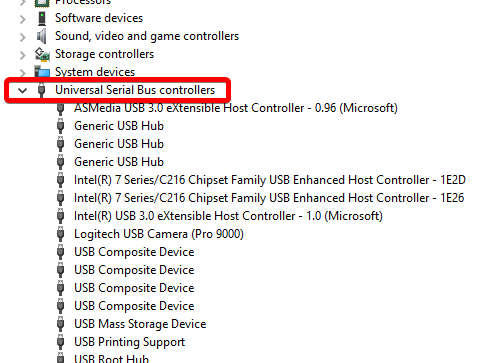
- Double-click the first USB Root Hub device in the list (if you see only one USB Root Hub device, that’s fine)
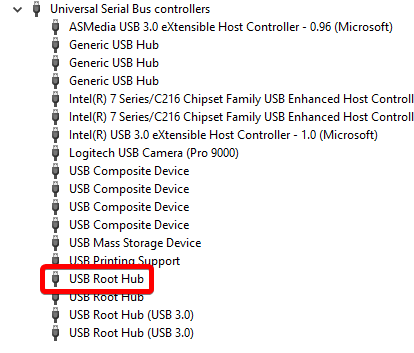
- Click the Power Management tab.
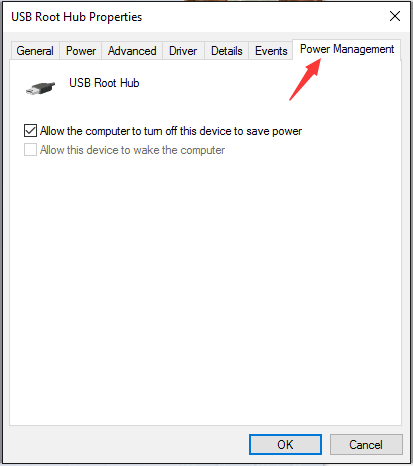
- Un-check the Allow the computer to turn off this device to save power checkbox, and click OK.
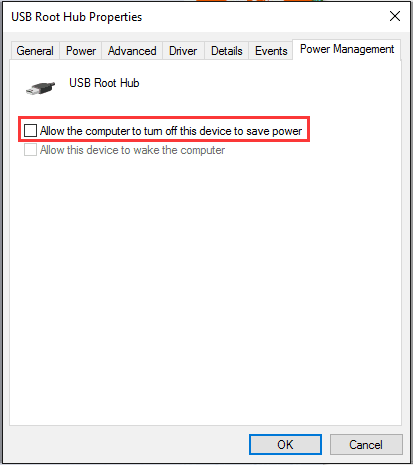
- Repeat steps 3-5 for each USB Root Hub device in your list of Universal Serial Bus controllers.
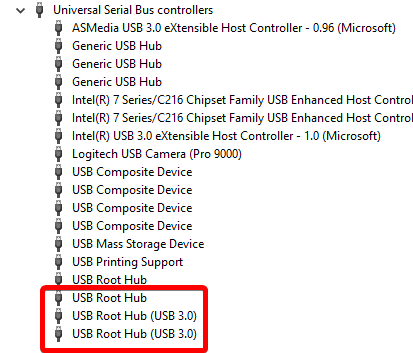
Method 4: Check your USB device drivers
Your USB ports not working problem is probably being caused by driver issues. The steps above may resolve it, but if they don’t, or you’re not confident playing around with drivers manually, you can do it automatically with Driver Easy.
Driver Easy will automatically recognize your system and find the correct drivers for it. You don’t need to know exactly what system your computer is running, you don’t need to be troubled by the wrong driver you would be downloading, and you don’t need to worry about making a mistake when installing. Driver Easy handles it all.
You can update your drivers automatically with either the 7 days free trial or the Pro version of Driver Easy. It takes just 2 clicks, and you get full support and a 30-day money-back guarantee with the Pro version:
- Download and install Driver Easy.
- Run Driver Easy and click the Scan Now button. Driver Easy will then scan your computer and detect any problem drivers.
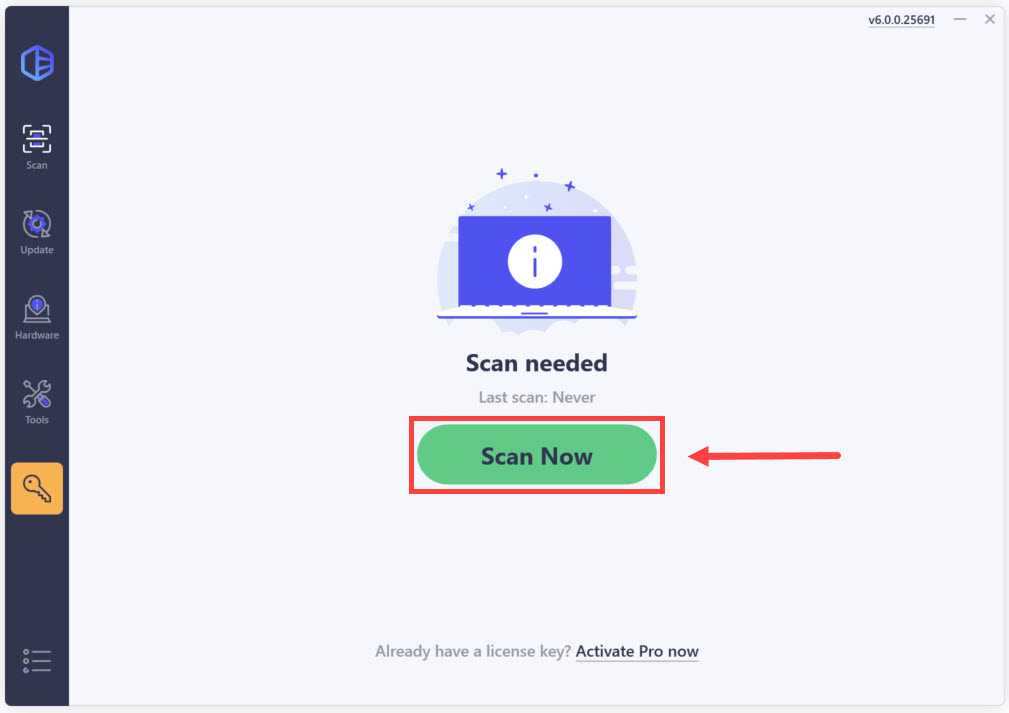
- Click the Activate & Update button next to the flagged device to automatically download and install the correct version of this driver.
Or click Update All to automatically download and install the correct version of all the drivers that are missing or out of date on your system (You’ll need the Pro version for this – when you select Update All, you’ll get a prompt to upgrade. If you’re not prepared to purchase the Pro version yet, Driver Easy provides a 7-day trial at no cost, granting access to all Pro features like fast downloads and easy installation. No charges will occur until after your 7-day trial period ends.)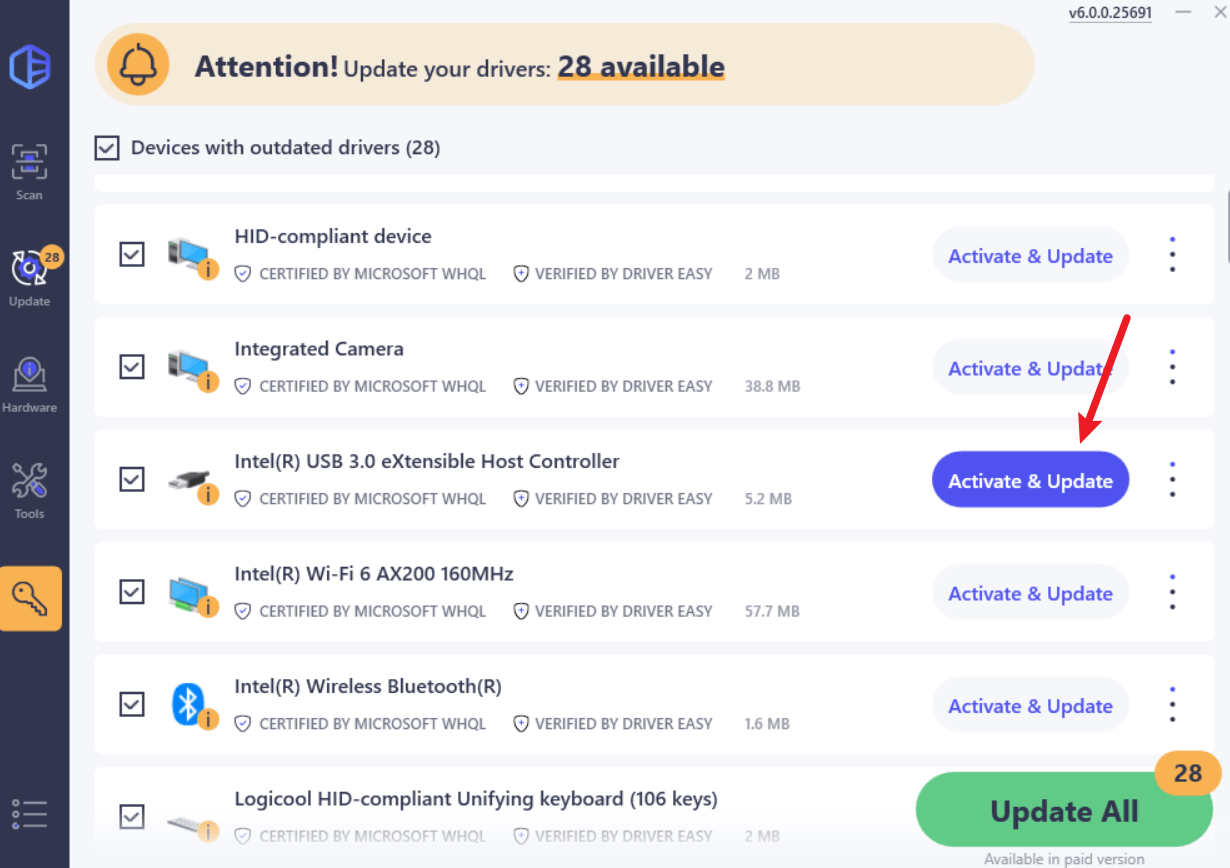
- Restart your computer for the change to take effect.
If you need assistance, please contact Driver Easy’s support team at support@drivereasy.com.
Method 5: Reset BIOS to factory defaults
When your USB ports stop working for no apparent reason, you can always try to reset your BIOS to factory defaults to see if it helps.
The exact process to reset BIOS differs for different motherboards, but as long as you can boot into BIOS or UEFI, you should be able to see an option there.
If you need further assistance resetting BIOS to default, please check your computer manual for further instructions.
Method 6: Use the manufacturer’s hardware diagnostic tool
If the malfunctioning USB ports are on a Dell, HP, or Lenovo computer, you can try the hardware diagnostic tool suggested by the computer manufacturer to see if the USB ports not working issue is hardware-related.
If the problem is indeed on the hardware front, you’ll need to reach out to these developers to get your computer fixed (most likely problems on the motherboard.)
If your computer is out of warranty, you can take your PC to a repair store and ask them to check. If your USB ports are damaged, the repairer should be able to replace them fairly inexpensively.






